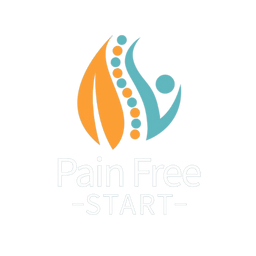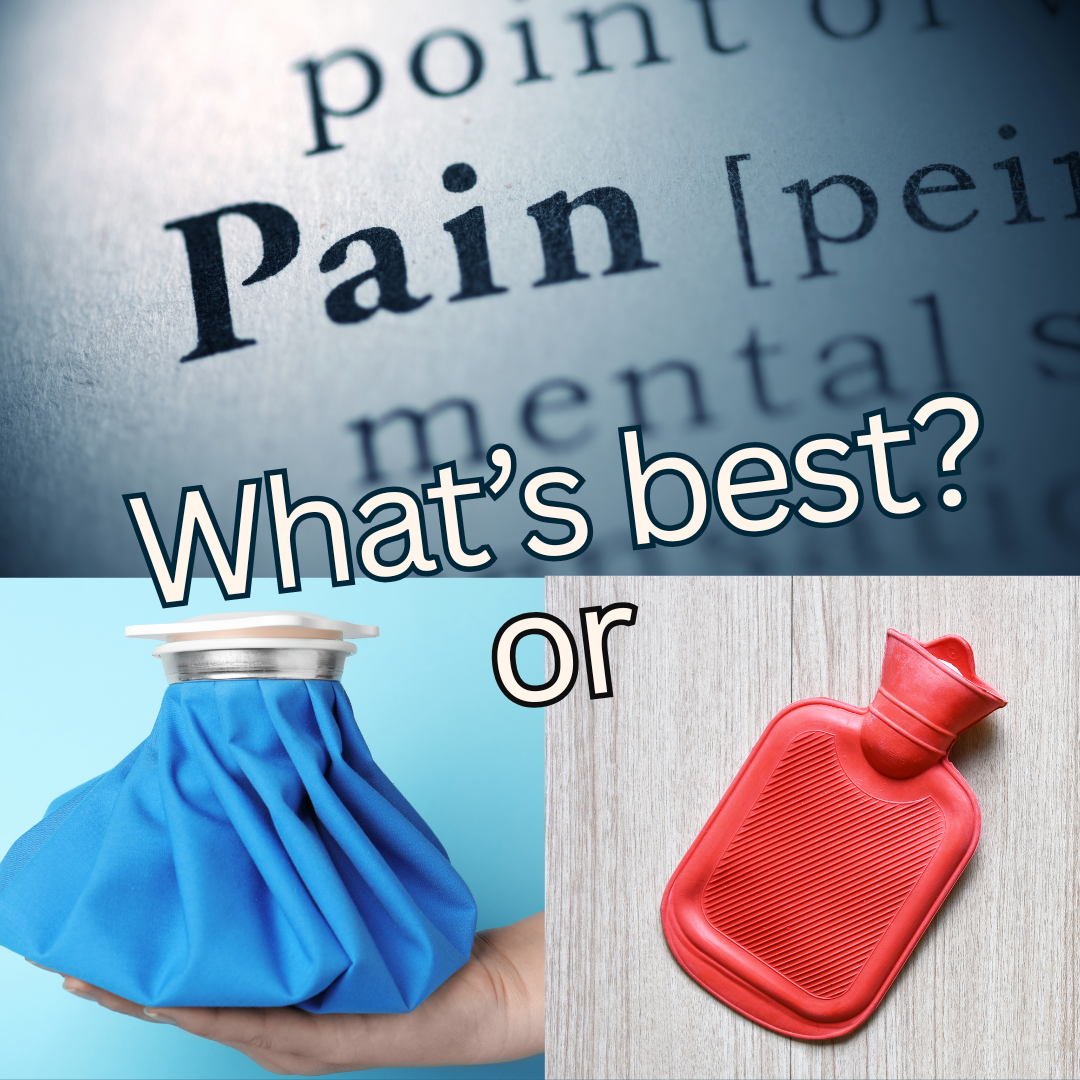Introduction
If you’re dealing with pain, stiffness, or injury, you’ve probably wondered whether you should reach for a heat pack or an ice pack. Cold and heat therapy are two of the most commonly used—and most effective—natural methods for relieving pain and speeding up recovery. In this blog, we’ll break down how each one works, when to use heat vs. cold, and how to use them safely for the best results.
Cold Therapy for Pain and Inflammation
Cold therapy (also called cryotherapy) involves applying ice or a cold pack to the affected area. It’s a go-to method for reducing inflammation, swelling, and acute pain—especially after an injury or during a flare-up.
How Cold Therapy Works
Cold constricts blood vessels, which reduces blood flow and limits inflammation. It also numbs nerve endings, providing fast pain relief.
When to Use Cold Therapy
Use ice or cold packs if:
- You’ve had a recent injury (within 48–72 hours)
- The area is swollen, red, or tender
- You’re experiencing a flare-up of pain or inflammation
Tips for Using Cold Therapy Safely
- Wrap a cold pack in a towel to protect your skin.
- Apply for 15–20 minutes at a time, 2–3 times a day.
- Do not apply directly to skin or leave on too long—this can cause frostbite or skin irritation.
Heat Therapy for Stiffness and Chronic Pain
Heat therapy is best for chronic pain, muscle stiffness, and tension. It helps relax muscles, increase blood flow, and improve flexibility.
How Heat Therapy Works
Heat dilates blood vessels, boosting circulation and helping tight muscles relax. It also triggers the release of endorphins, your body’s natural painkillers.
When to Use Heat Therapy
Use heat if:
- You have stiffness, tightness, or aching muscles or joints
- You’re trying to loosen up before exercise or stretching
- You suffer from chronic pain conditions (e.g., tension in the lower back, shoulders, or joints)
Tips for Using Heat Therapy Safely
- Use a warm towel, heating pad, wheat bag, or hot water bottle.
- Keep the temperature warm—not hot—to avoid burns.
- Apply for 20–30 minutes, especially before activity.

Cold vs. Heat: Which Is Better for Pain Relief?
Wondering whether to use heat or ice for pain? Here’s a quick guide:
| Use Cold Therapy | Use Heat Therapy |
|---|---|
| New injuries | Chronic pain |
| Swelling | Stiff joints |
| Inflammation | Muscle tightness |
| Acute flare-ups | Pre-exercise warm-up |
Can You Use Both?
Yes! Some people alternate between heat and cold for maximum relief. For example, use cold to calm inflammation, then heat to improve flexibility.
When NOT to Use Heat or Ice
While generally safe, there are times to avoid these therapies.
Avoid Heat Therapy If:
- You have reduced sensation (e.g., neuropathy or nerve damage)
- You have poor circulation or vascular disease
- The area is hot, swollen, or inflamed
- You’re using topical heat creams
- There’s a skin infection, wound, or rash
Avoid Cold Therapy If:
- You have Raynaud’s disease or poor circulation
- You have nerve damage or reduced sensation
- There’s a cold allergy or sensitivity
- You’re using it for more than 15 – 20 minutes
- There’s an open wound or broken skin
✅ Always wrap heat or cold packs in a cloth and check your skin during use to avoid burns or irritation.
Best Heat & Ice Therapy Products For Pain Relief
Looking for the best ways to apply heat or ice safely and effectively? Check out our latest blog featuring top-rated products that make it easier to soothe sore joints and muscles—whether you’re managing a flare-up or recovering from a workout.
- Best Heat & Ice Therapy Products for Pain Relief: A Physio’s Guide
- Soothe Your Back: How Heat Therapy Helps and My Favourite Self-Care Products
Conclusion: Safe, Effective Relief at Home
Cold and heat therapy are easy, affordable, and effective ways to manage pain, reduce inflammation, and improve mobility. Understanding when to use heat vs. ice can make a big difference in how you feel day to day.
If you’re unsure which to try or your symptoms are ongoing, consult a physiotherapist or healthcare provider. And remember—I’m always here to help if you need guidance.
Take care, Helen
Helen Manders BSc (Hons) MCSP HCPC
Chartered Physiotherapist Since 2001
P.S. Click here to learn more about how I can help and support you.




